Munich is full of culture. It’s seemingly everywhere you look. The city is home to many top-rate museums. But as evidenced by two visits in a single week, the Bayerisches Nationalmuseum (Bavarian National Museum) is my new favorite. The museum is full of beautiful objects of all kinds. Some are works of art, others are tools of technology and still others are everyday objects. I want to share why you simply shouldn’t miss the museum.
About the Museum
Most visitors to the city in the area are crowded together on the bridge on Prinzregentenstraße. It’s on that bridge over the Eisbach where you can get a great view of the surfers. Across the street is the Haus der Kunst, an art museum with a difficult past. But only on the next block is the Bayerisches Nationalmuseum.
King Maximilian II founded the museum in 1855 as a museum for German antiquities. It was briefly located in a school for the deaf and mute before being relocated to a custom-built building. It opened in 1867 on the famed Maximillianstraße. Construction took nine years. Unfortunately, that building showed faults not long after completion. The museum’s collection was also quickly outgrowing the Maximillianstraße location. Today, that location houses the Museum Five Continents.
Around this time, discussions in Munich began about who should design the new building and what it should look like. Gabriel Seidl was awarded the job. Seidl’s work is well known to any Munich visitor. Among his credits are the Rondell at Karlsplatz and the Lenbach villa. He also designed the Deutsches Museum although he didn’t live to see its completion. Bremen’s New Town Hall is also Seidl’s work.
The new museum was completed in 1900. With it came a new location, the current site, on Prinzregentenstraße beside Englischer Garten.
The Collection
The museum houses a collection of great variety. From finely made porcelain dishes to religious artwork to complex scientific machinery. Elsewhere you can admire and gaze at objects designed for royalty, dripping in precious stones. The museum also houses an extensive collection of nativity scenes that draws many visitors. That’s in addition to, among other things. arms and armory, a collection of costumes, and musical instruments. The range is from medieval to art nouveau.
There is a clear tribute paid to Bavaria. The entire bottom floor of the museum exhibits the state’s strong tradition of handwork. This ranges from, but is not limited to, furniture, pottery and toys.
In particular, I found the collection of wooden sculptures by carver Tilman Riemenschneider to be remarkable. The details in the carvings are unlike any others.
The museum also has a number of complex astronomical clocks and calendars. If only you could run one! But just taking in the details and imagining how these advanced technologies worked is enough to ponder for days.
Why You Should Visit
Maybe it was the time of year (late May/early June). Or the weather (a warm spring day and a day of pouring rain). I can’t explain the reasons but both of the visits I made to the museum were practically empty. I had the whole place to myself. And let me say, that as a museum nerd it was simply heaven.
As I’ve already pointed out, there’s really something for everyone at the Bayerisches Nationalmuseum. The collection really is varied. And do not overlook the quality and significance of the pieces. It’s an unparalleled museum that shouldn’t be missed in any visit to Munich.
The museum is also one of the larger in Germany. For that reason, I recommend splitting your visit up into two days in order to really give everything time. Alternatively, if you don’t have any interest in seeing everything, you can just focus in on your areas that appeal to you.
Getting There
Visitors can easily reach the Bayerisches Nationalmuseum with public transit. The street tram line 18 and the city bus line 100 both have a Nationalmuseum/Haus der Kunst stop. With the subway, take the U4 or U5 line to the Lehel stop. From there it’s about a five minute walk.
For those driving, there are parking options available in the area.
Thank you for München Tourismus and the Bayerisches Nationalmuseum for providing discounted admission. All opinions, as well as all photos, are my own.
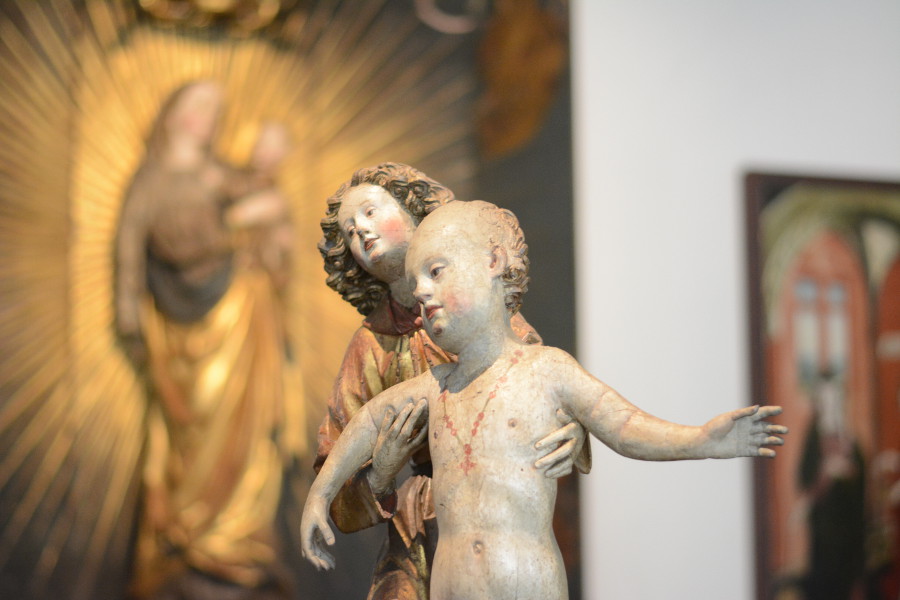
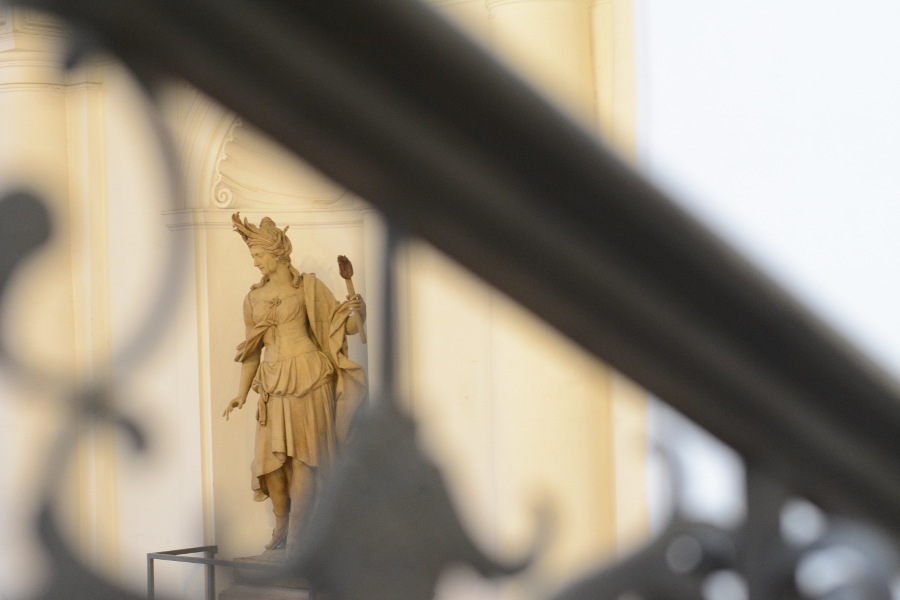
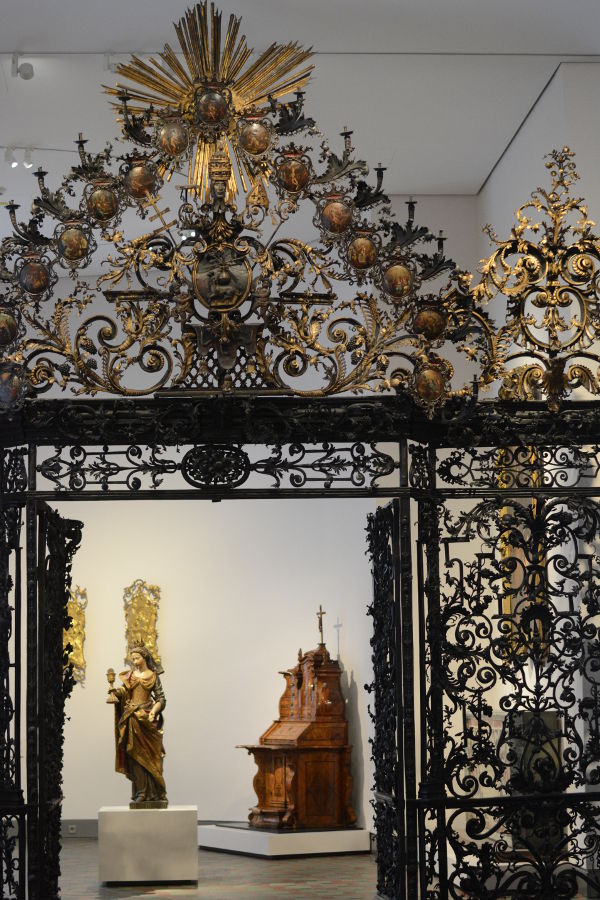
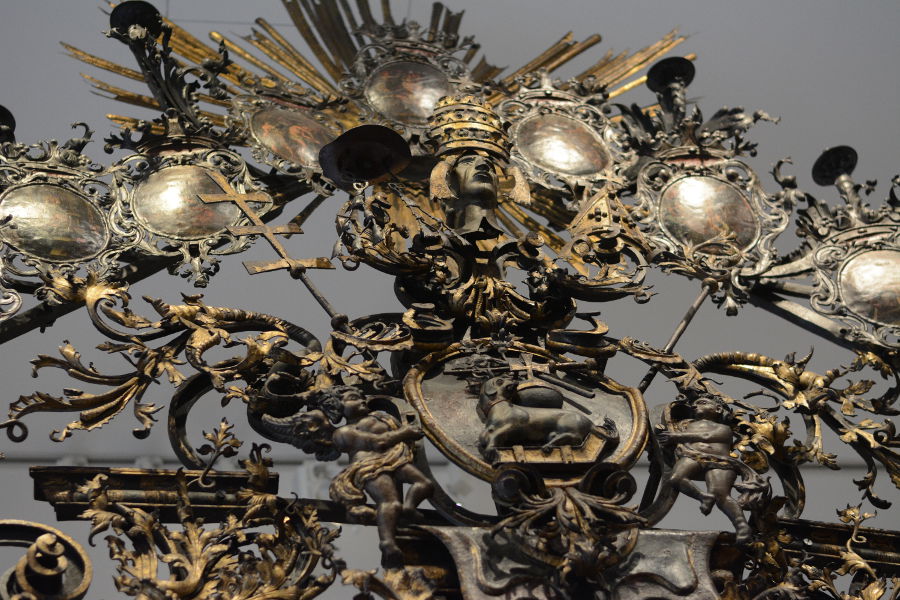
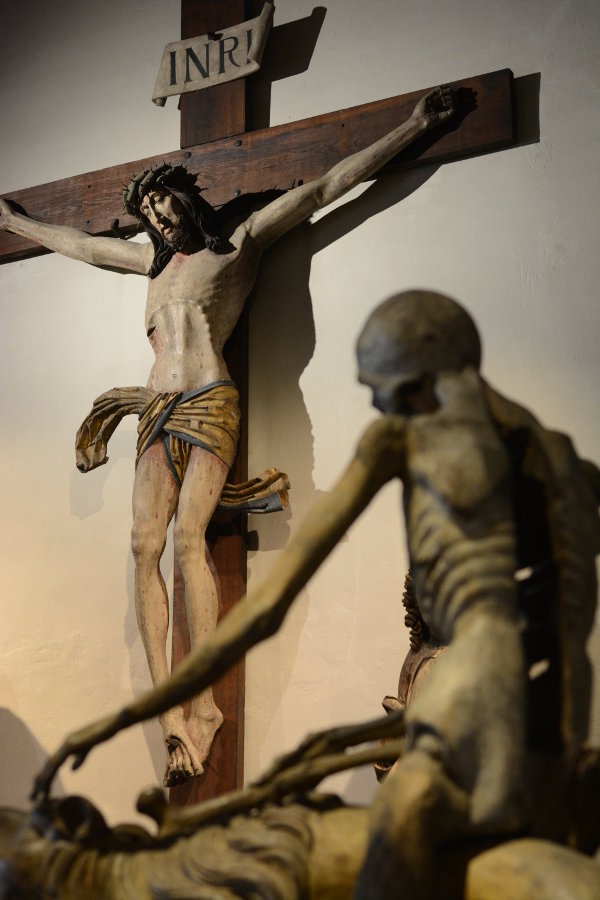
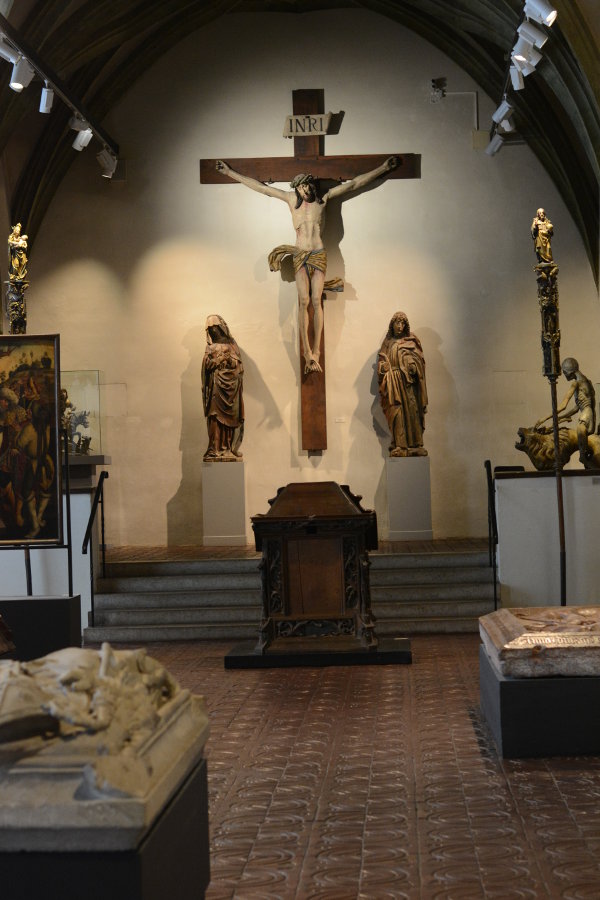
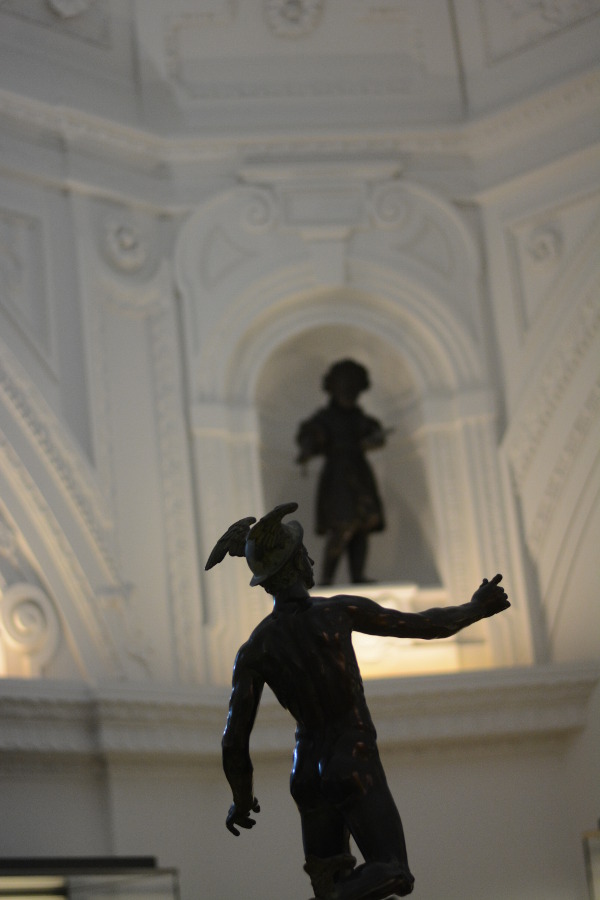
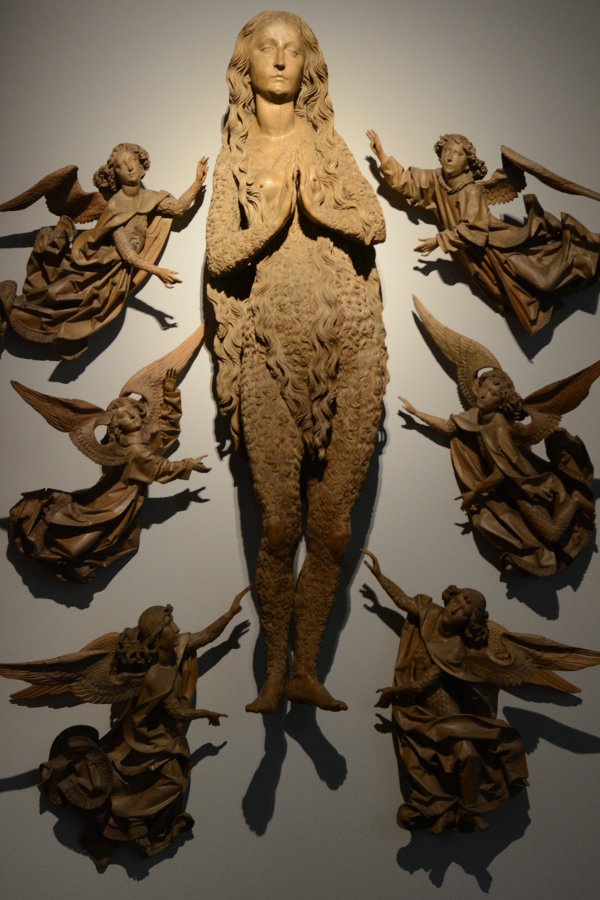
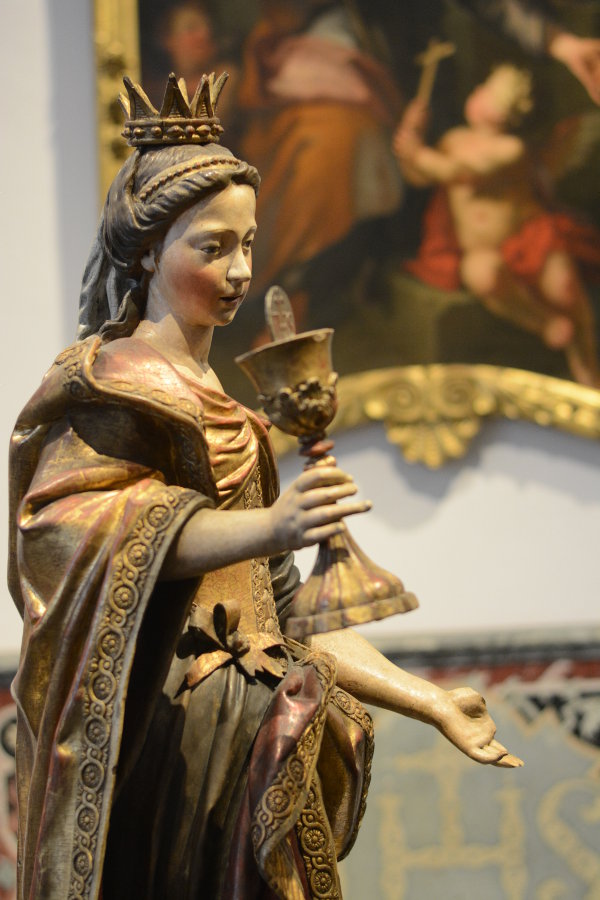
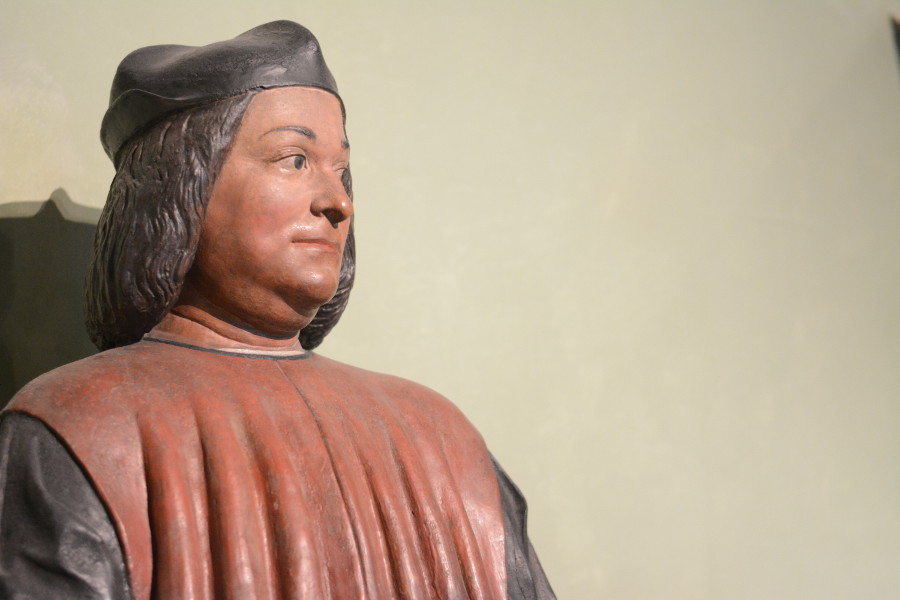
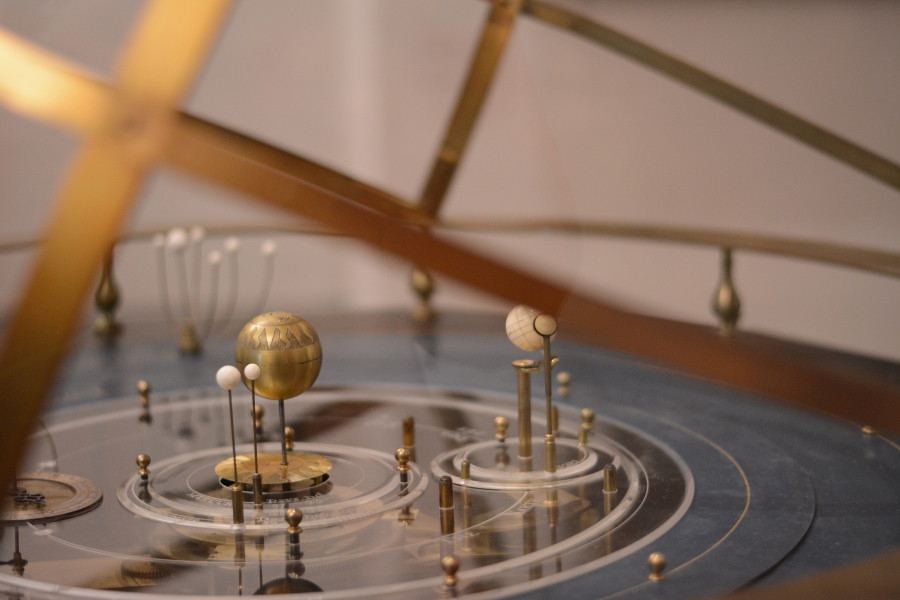
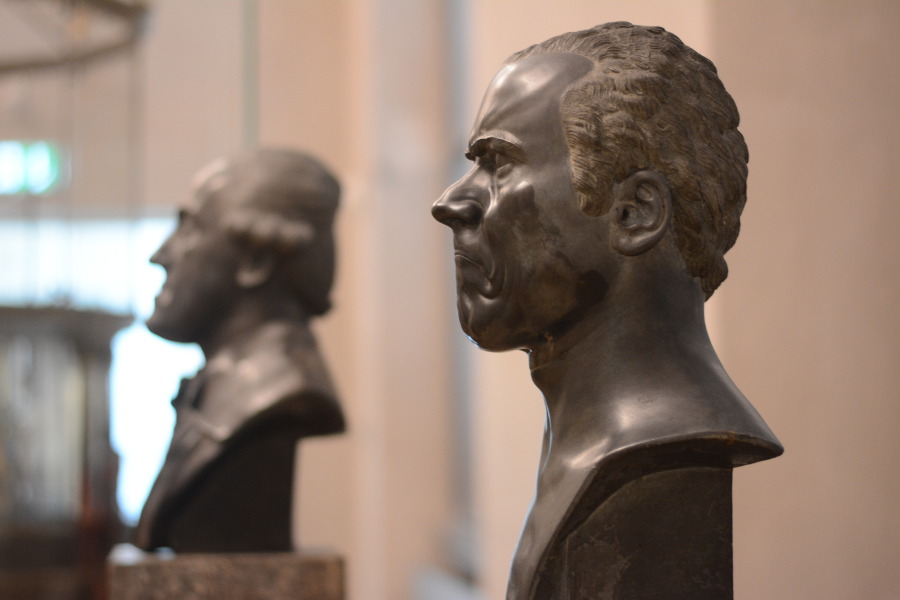
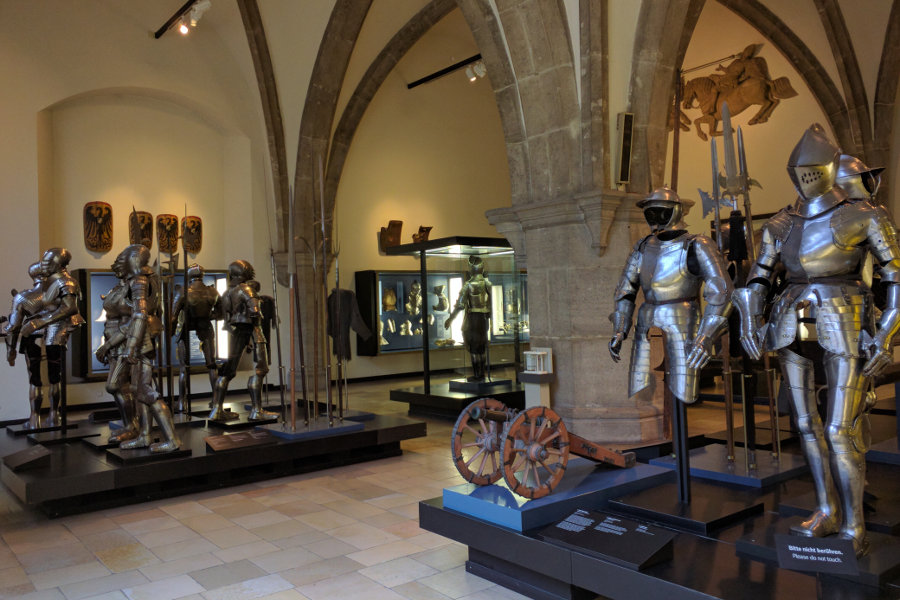
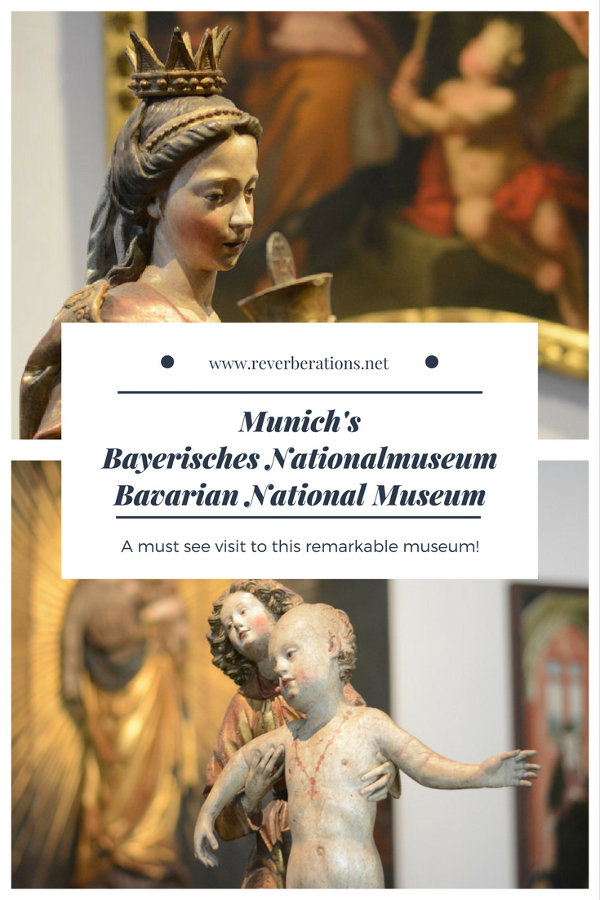
Beautiful photography, and it looks like a wonderful museum. Pinning for the future!
Thanks so much! Hopefully you get a chance to visit. It’s a really fun place to explore.